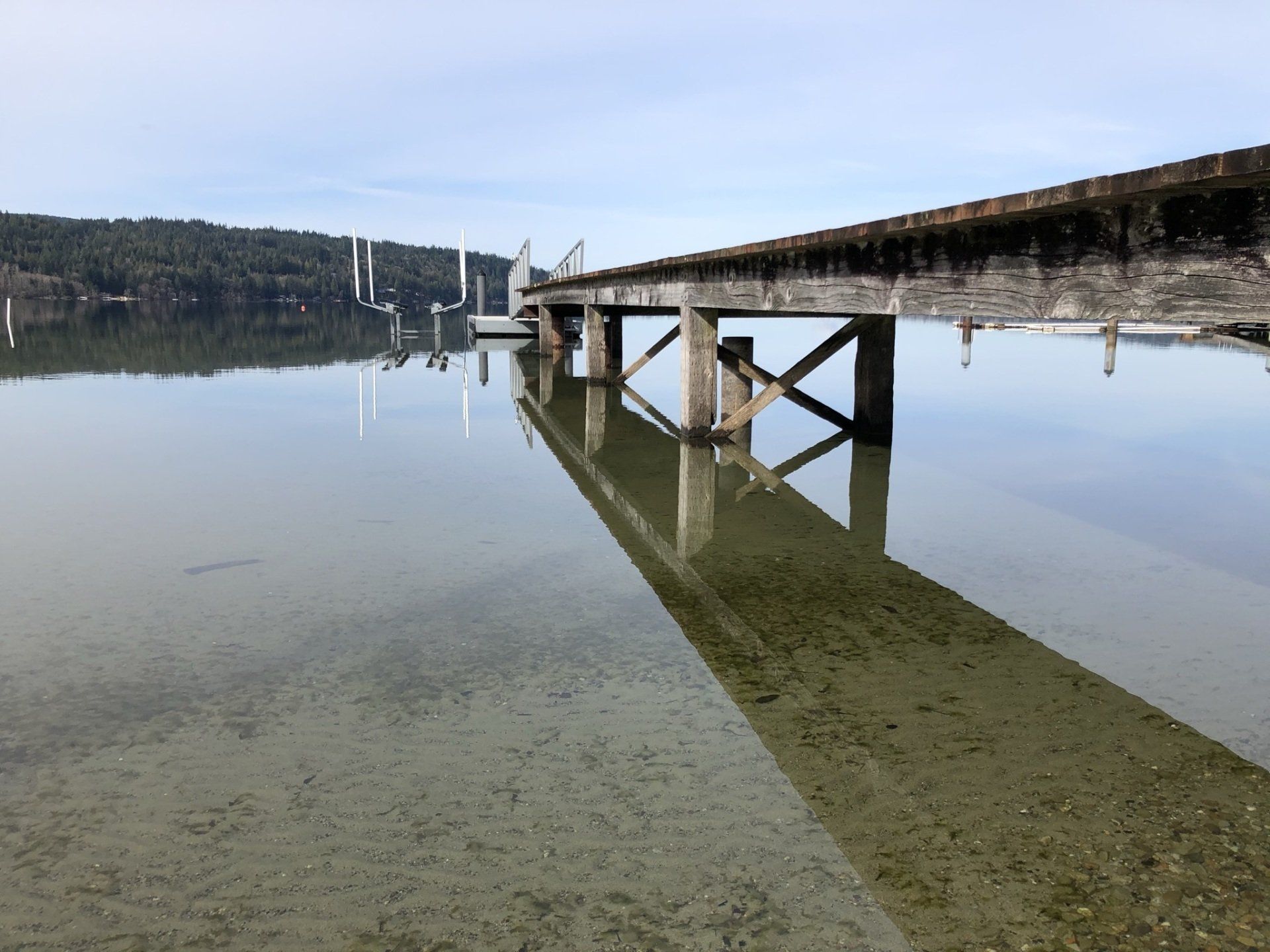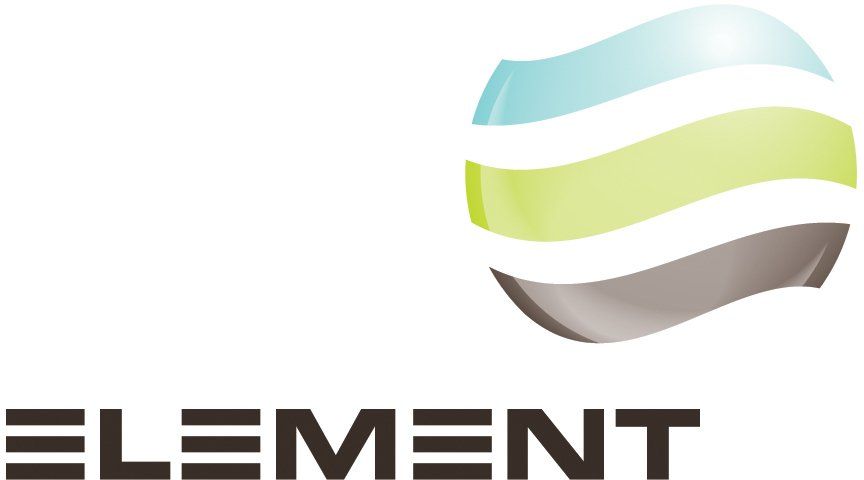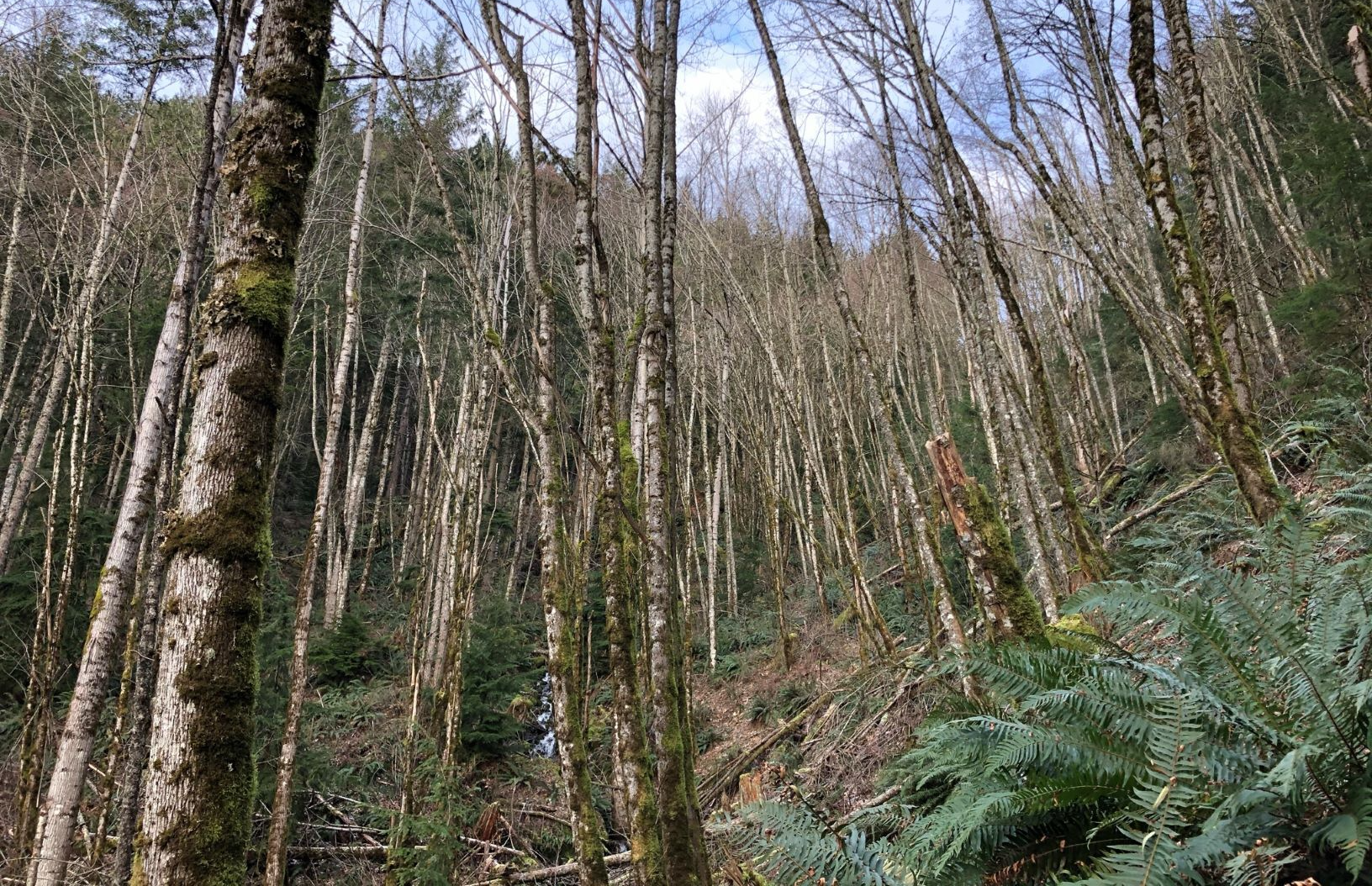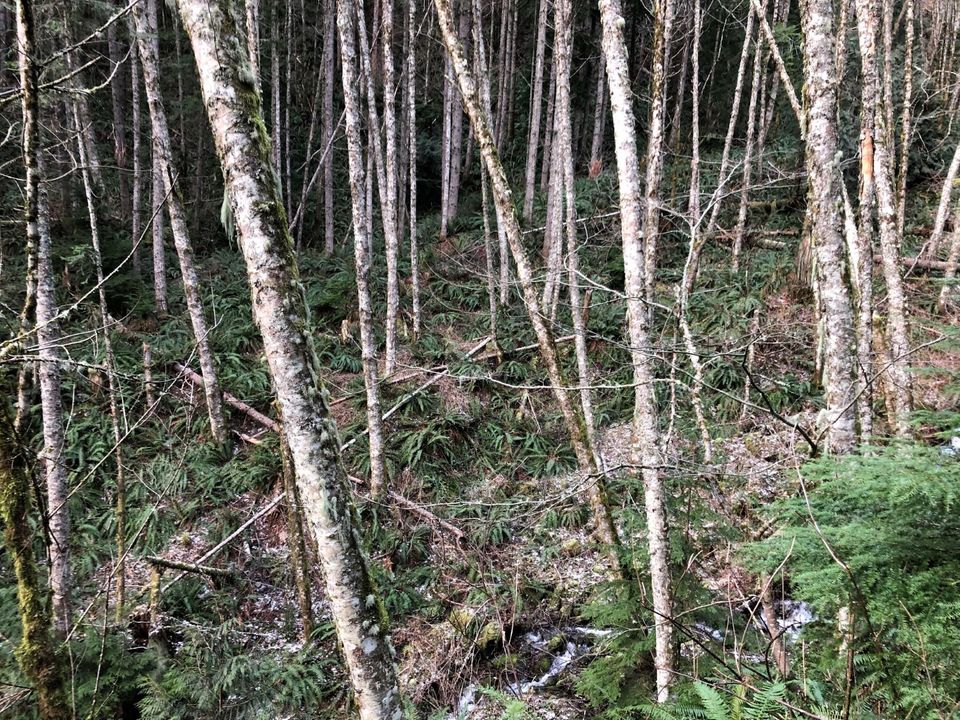Per Whatcom County Code requirements, any new residential development located within an area mapped as an Alluvial Fan Hazard Area must be reviewed by a qualified geological professional licensed in the state of Washington. Our role in this project is to advise the client on the risks associated with the alluvial fan, and to provide recommendations for the development aimed to reduce the risks to life, health, safety, and buildings. Depending on the level of concern, various methods could be used to provide a better understanding of the risks involved. However, getting eyes on the drainage and stream channel uphill from the alluvial fan is essential for gauging the level of activity along the channel.
A New Drainage Assessed for an Alluvial Fan Geohazard Review
Kevin Quillan • April 15, 2021
New Alluvial Fan Geohazard Review
Element Solutions recently had the opportunity to investigate a new-to-us alluvial fan deposit and associated stream drainage. As part of our assessment, Element conducted extensive visual reconnaissance of the stream channel that has historically fed sediment and debris onto the alluvial fan surface.

Flooding along the Nooksack River has caused significant damage throughout Whatcom County during a record-setting rain event during mid-November, 2021. As a cold front leaves us with clear skies, water continues to funnel from the mountains into our large rivers and flood several lowland communities. This event highlights the power of our river systems, and shows the importance of monitoring, mapping, and modeling our drainages so that we can predict and prepare for similar events in the future.

The Shoreline Management Act (SMA) enacted by the Washington State legislature in 1971 requires most towns and cities to develop and implement Shoreline Master Programs (SMPs) to help preserve and protect Washington’s natural waters. The Ordinary High Water Mark (OHWM) must be determined on a site-by-site basis in order to properly implement the rules and guidelines found in the Shoreline Master Program.






